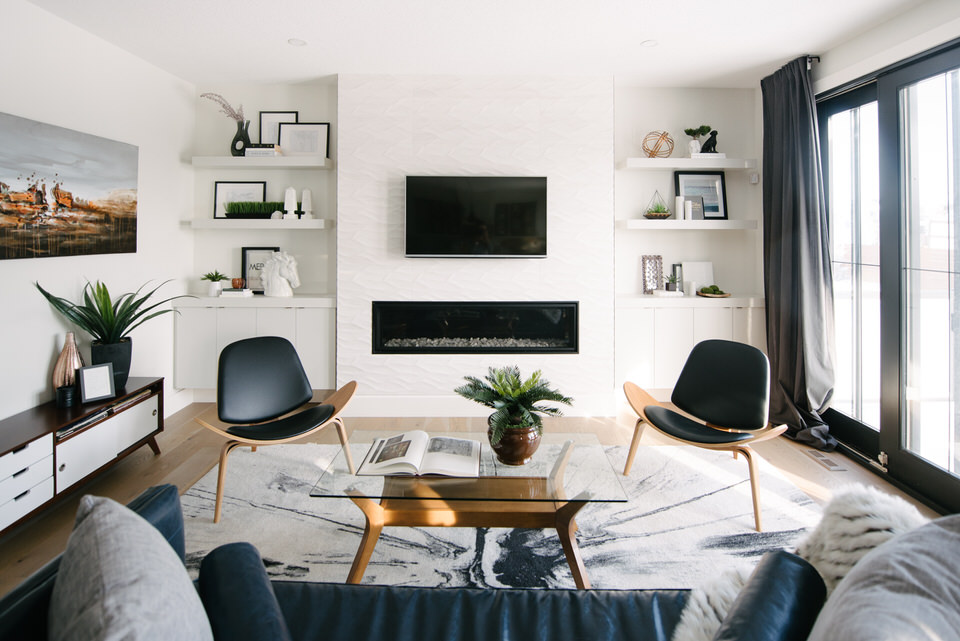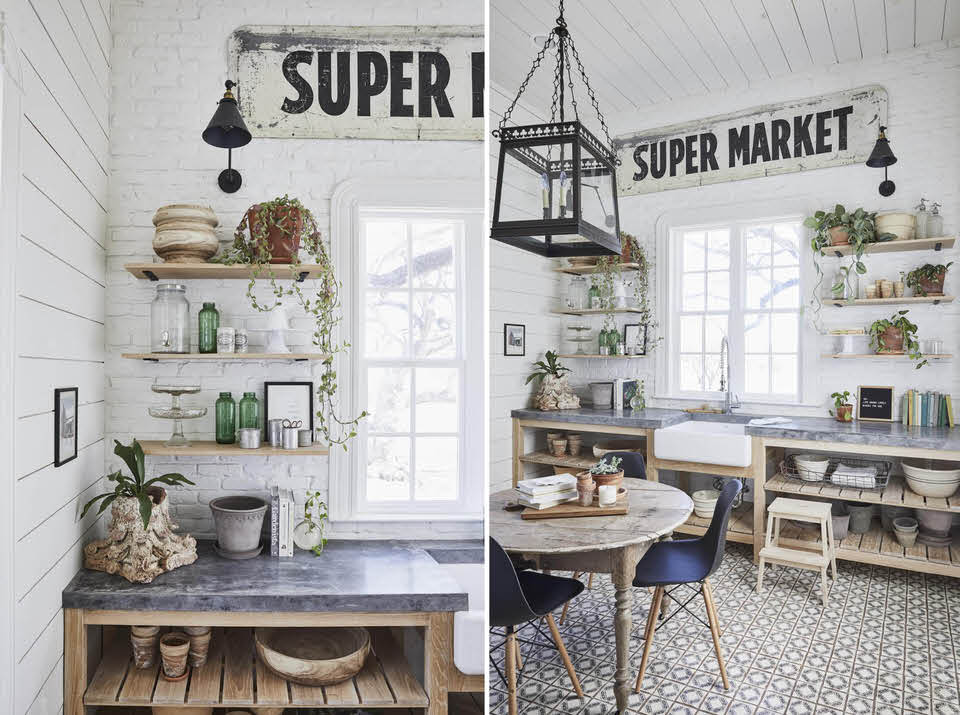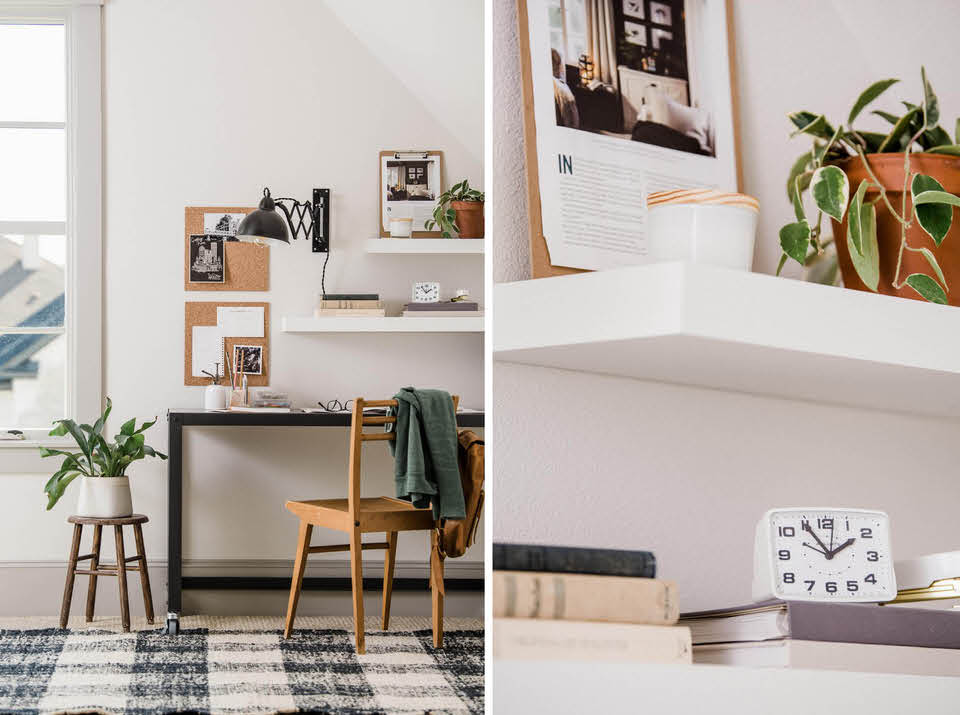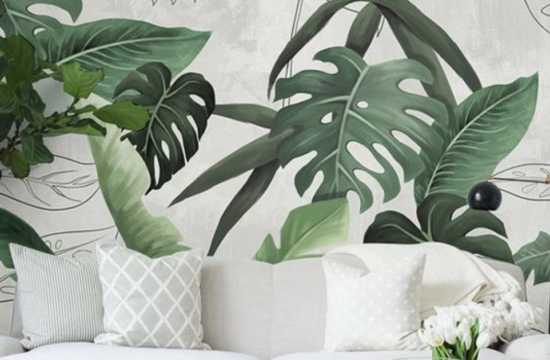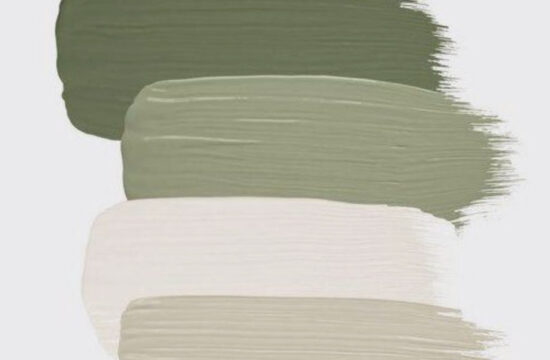Open shelving was always my favourite way to add that personal note to your home. Remember that ceramic picture you bought in Greece, plants , food container that you want to show off and not hide in the drawer. That’s why open shelves are my favourite way of showing them.
It is indeed a functional design element that is easy to love.
Open shelves brings dimension, gives your space a finishing detail and is also a space saving and organization solution. What’s a little more tricky about open shelving are the technical aspects such as construction, installation, or even space planning. The good news is that whether you’re ready to take on a shelving project all on your own, or you plan to leave it to the professionals, there is an open shelving unit that will work well for you.
Before starting any type of design or construction project, it’s important to sit down and start with a little research. Here are a few questions to consider before beginning this open shelving feat:
- Why do you need shelves? What will you want to store on them? This will be important for determining which type of unit will be best for supporting the weight of your items.
- Where will your shelves be hung? How much space do you have to work with? This will help determine if a standard size will work for you or if you’ll need to hire a professional to do something more custom.
- Where are your anchor points? Anchor points are where your nail will be drilled into the wall to hang your shelving. Whether you are choosing to install custom or prefabricated shelving, it’s important to know what you’re screwing into. This is something you need to think about especially if you’re considering custom shelving. Whenever possible, be sure to hang open shelving where you’ll be able to drill into a stud (the vertical framing members in the wall.) This type is especially important for North America. This will give the shelf extra support and ensure that the nails do not rip out of the wall. If you are based in Europe and live in a concrete home/building make sure you don’t drill into a load barring wall. This one is probably made of reinforced concrete with more rebar.
Apply these questions to your specific space and situation. Once you have an idea of what your space needs, you can move to deciding what kind of shelving will work best for you.
CUSTOM SHELVING
If you have flexibility in your budget, custom shelving may be the way to go. Typically with custom shelves, a professional will design a unit specifically for your space and needs. We recommend custom shelving for a unit that will be largely functional, such as kitchen shelving that will support heavy dishes or glasses.

KITCHEN SHELVING
Personally I love open shelving in the kitchen. It gives me opportunity to easily access all my favourite kitchen accessories that I love. Let’s face it. We love to see our beautiful stand mixer, favourite coffee cups, herbs in nice ceramic pots, cooking books, etc. They give a special touch on our second office, some of us call our kitchen 🙂
HOME OFFICE SHELVING
Lately we have been all working more from our homes. Open office shelving is a great option to have because you can easily find what you need. These shelves are also great for showcasing things that you use for your work, like vintage cameras for example 🙂
Floating shelves can be purchased at so many home-improvement stores or built by a local craftsman. We have so many options like Ikea, Structube, Urban Barn, etc. This type of shelving will hold the least amount of weight because of the way they are installed and attached to the wall, so always check weight limits before deciding how to style them. This shelving is best for displaying items like small plants, art prints, family photos, magazines or books that are not too heavy.
Sourcebook:
Photos by: Cody Ulrich; Maia Sokolic Skrinjar (MSPACE HOMES)
Interiors: Magnolia & Sarasota Homes
Blog inspired by Joanna Gaines blog from Magnolia.



